Cause and consequence
While E.H. Carr’s claim that ‘all history is the history of causes’ may have been widely challenged by historians anxious to demonstrate the breadth of their concerns and the range of other important questions to be asked about the past, causal explanation features prominently in history teaching and learning at all stages within the school curriculum. The resources in this section will help teachers to think about the nature of progression in students’ understanding of cause and consequence and to recognise common misconceptions that they may need to address. The materials offer a wide range of practical strategies, as well as insights drawn from historians’ practice and research into students’ understanding, that will help teachers to determine the most useful ways of helping students to develop more powerful causal explanations. Some of them also highlight the need to pay more attention in planning schemes of work to the identification, explanation and evaluation of historical consequences. Read more
-

Illuminating the shadow: making progress happen in casual thinking through speaking and listening
ArticleClick to view -

Improving Year 12's extended writing
ArticleClick to view -

Investigating students' prior understandings of the Holocaust
ArticleClick to view -

Is any explanation better than none?
ArticleClick to view -
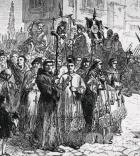
Marr: magpie or marsh harrier?
ArticleClick to view -

Move Me On 92: Having problems teaching causation
ArticleClick to view -

Moving Year 9 towards more complex causal explanations of Holocaust perpetration
ArticleClick to view -

Mussolini's missing marbles: simulating history at GCSE
ArticleClick to view -

Nazi perpetrators in Holocaust education
ArticleClick to view -

New, Novice or Nervous? 149: Getting pupils to argue about causes
ArticleClick to view -
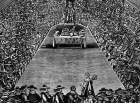
Planning increasingly complex causal models at Key Stage 3
ArticleClick to view -

Scott's 5-stage model for progression in conceptual understanding of causation
ArticleClick to view -
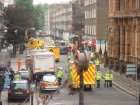
Teaching the very recent past
ArticleClick to view -

The devil is the detail
ArticleClick to view -

The knowledge illusion
ArticleClick to view -
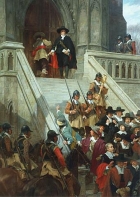
Thematic or sequential analysis in causal explanations
ArticleClick to view -

Using causation diagrams to help sixth-formers think about cause and effect
ArticleClick to view -
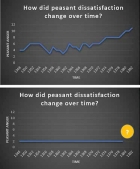
Using diagrammatic representations of counterfactuals to develop causal reasoning
ArticleClick to view -

Using individuals’ stories to help GCSE students to explain change and causation
ArticleClick to view -

Using metaphor to highlight causal processes with Year 13
ArticleClick to view

